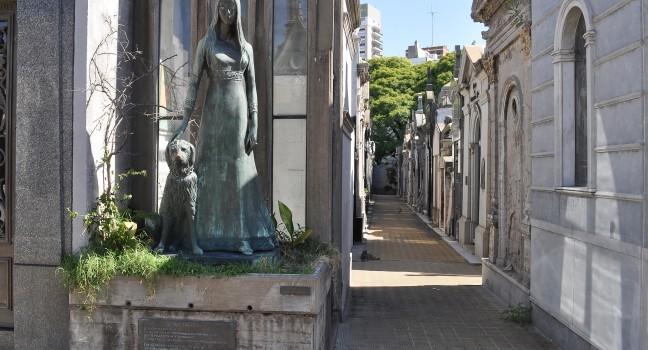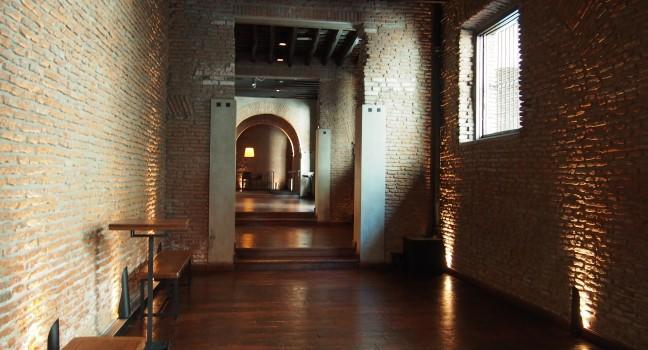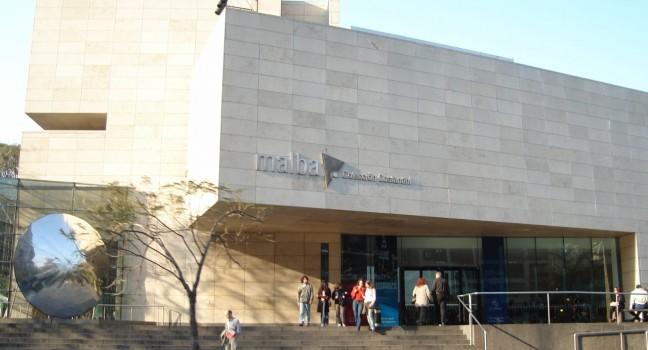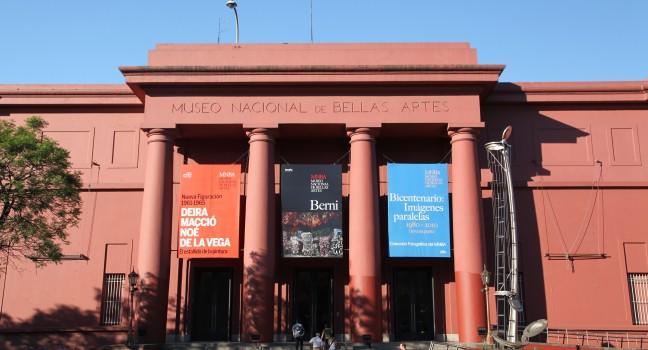Area Natural Protegido Punta Tombo
From the middle of September through mid-April, almost 400,000 penguins live in the Area Natural Protegido Punta Tombo, the world's second-largest colony of Magellanic penguins and one of the most varied seabird rookeries. From the park entrance, a series of trails, boardwalks, and bridges lead you 3½ km (2 miles) through the scrubby landscape where the penguins nest to the sea. The quizzical creatures seem unafraid of humans, and peer up at you from under the bushes where, between September and November, both males and females incubate eggs, often right beside the trail. Look for the bald vertical strips on the penguins' abdomens: they pluck out feathers so the eggs can sit warm against their skin. Come December, the ground is teeming with fluffy gray young, and the adult penguins waddle back and forth from the sea to feed them. They may move comically on land, but once you reach the rocky outcrops overlooking the water you'll see how graceful and powerful these creatures become when they enter the water. You may also spot guanacos, seals, and Patagonian hares in the reserve, as well as cormorants and a host of other seabirds.
The last 22 km (14 miles) of the road from Trelew is fairly bumpy gravel. If you're not driving, you can easily reach Punta Tombo on a day tour from Trelew, Gaiman, or Puerto Madryn, although note that these often give you a scant 1½ hours in the reserve. A small restaurant next to the carpark serves good lamb empanadas and also has burgers, coffee, cakes, and cold beverages.







